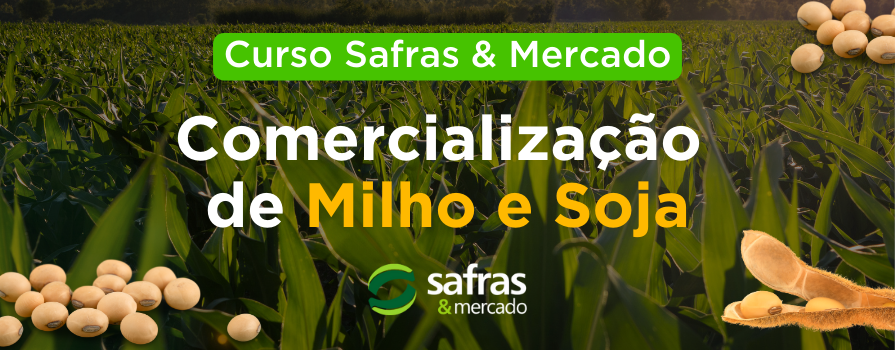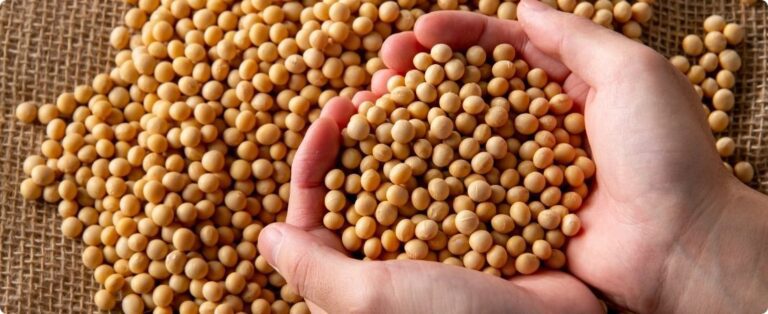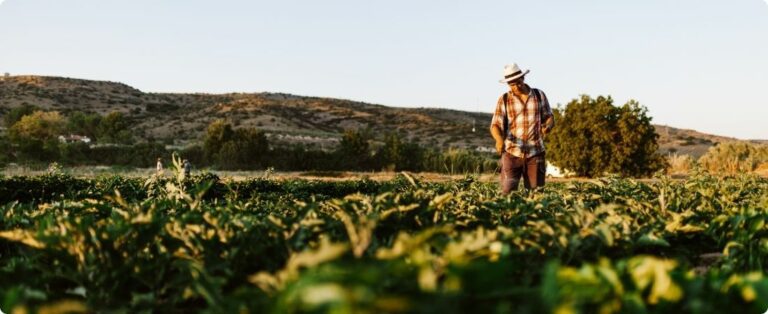Sandy soils will be the focus of debate between May 7 and 10, 2019, when Campo Grande (MS) will host the III Brazilian Symposium on Sandy Soils, which is expected to receive around 700 congress participants. Registration for the event is open, including with a discount, until February 28. Just access the Symposium website here.
These areas were considered marginal to agricultural activities. Thanks to the use of new technologies, the scenario is changing, and regions with sandy soils are being successfully incorporated into production systems. “Among the techniques used that allow the use of this type of soil in agriculture are the Direct Planting System (SPD) and integrated production systems, such as Crop-Livestock Integration (ILP) and Crop-Livestock-Forestry (ILPF), which provide greater production of organic matter in the soil, generating greater availability of nutrients and water. Some regions also have great potential for the use of irrigated agriculture,” explains the president of the Congress Guilherme Donagemma, a researcher at Embrapa Solos (Rio de Janeiro, RJ).
Sandy soils are deep, well-drained, have flat to gently undulating relief, low moisture retention and natural fertility, high aluminum content, and very low organic matter content. They are very susceptible to water erosion and degradation processes. The main classes of soils representing these areas are Latosols and Quartzipsal Neosols.
Source: agrolink | Author: EMBRAPA















